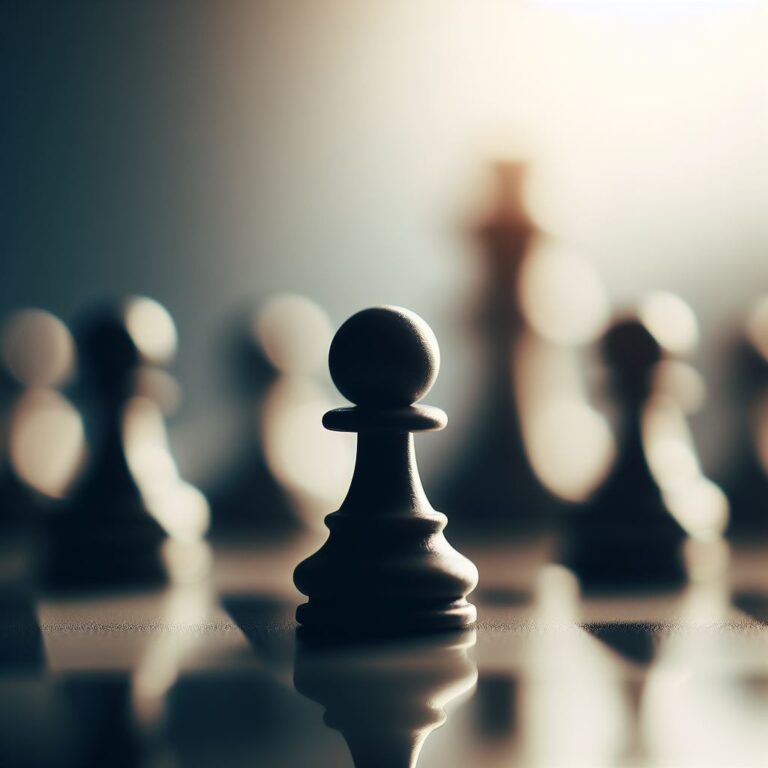Chess, the game of strategy and intellect, has captivated minds for over 1,500 years. Its journey spans continents, cultures, and even social revolutions, reflecting the evolution of human thought and ingenuity. This article delves into the rich history of chess, exploring its ancient origins, fascinating transformations, and enduring legacy.
From Chaturanga to Checkmate: The Seeds of Strategy are Sown
Imagine the bustling streets of 7th-century India, where the earliest ancestor of chess, chaturanga, emerged. This four-player game featured chariots, elephants, cavalry, and infantry, mirroring the military units of the time. The pieces moved on an 8×8 grid, laying the foundation for the strategic dance we know today. Over centuries, chaturanga traveled westward, evolving into shatranj in Persia, where the queen and bishop replaced the chariots and elephants, reflecting changing societal roles.
Crossing Continents and Cultures: Chess Conquers the World
By the 9th century, chess had arrived in Europe, carried by Arab traders and conquerors. Here, the game underwent another metamorphosis. Imagine medieval knights replacing the Persian cavalry, and the game evolving into a two-player duel, mirroring the individualistic values of the era. Chess became a beloved pastime of nobility, gracing royal courts and inspiring artistic depictions. Its strategic depth challenged minds, fostering logical thinking and critical analysis.
The Golden Age: Romanticism and Individual Brilliance (18th-19th Centuries)
Imagine the smoky cafes of 19th-century Europe, where chess masters like Adolf Anderssen and Paul Morphy captivated audiences with their flamboyant, attacking styles. This era, known as the Romantic Era, emphasized brilliance and individual flair. Picture sacrificing pieces for dynamic positions and dazzling attacks, prioritizing aesthetics over positional solidity. Games were longer, filled with tactical fireworks, and often decided by moments of individual genius. This era of chess birthed iconic opening variations like the King’s Gambit and the Italian Game, still popular today.
The Scientific Revolution: Precision and Calculation Take Center Stage (Early 20th Century)
As the 20th century dawned, a new wave of players, led by Emanuel Lasker and José Capablanca, ushered in a more scientific approach. Imagine meticulously calculated positional play, prioritizing long-term advantages over immediate sacrifices. Endgames were meticulously analyzed, and opening theory became increasingly complex. This era saw the rise of the hypermodern school, challenging traditional opening principles and emphasizing flexibility over rigid positional dogma. Capablanca, known for his positional mastery and endgame prowess, dominated the chess world for over two decades.
The Modern Age: Dynamism and Dynamic Equilibrium (Mid-20th Century to Present)
The mid-20th century saw a resurgence of dynamic play, with aggressive players like Mikhail Tal and Bobby Fischer challenging the dominance of positional chess. Imagine sharp tactical battles, intricate sacrifices, and a willingness to take risks. This era witnessed the rise of Soviet dominance, with players like Botvinnik, Smyslov, and Petrosian developing a universal style that combined positional soundness with tactical awareness. The Fischer-Spassky World Championship match of 1972 captured the world’s attention, highlighting the Cold War tensions alongside the sheer brilliance of the players. Today, chess continues to evolve, with players like Magnus Carlsen pushing the boundaries of opening theory, endgame technique, and computer-assisted analysis.
From Pen and Paper to Pixels: The Evolution of Play
For centuries, chess remained a physical game, played on wooden boards with hand-carved pieces. But the invention of the printing press in the 15th century revolutionized its accessibility. Imagine standardized rules and notation emerging, allowing players from different regions to compete on equal footing. The 19th century saw the rise of chess clubs and tournaments, fostering competitive spirit and pushing the boundaries of strategy. Today, the digital age has ushered in a new era of online play, connecting players across the globe and fostering a vibrant online community.
Beyond the Board: Chess’s Impact on the World
The influence of chess extends far beyond the checkered squares. Imagine its strategic principles being applied to military campaigns, business negotiations, and even scientific problem-solving. The game has served as a training ground for critical thinking, memory, and focus, benefiting individuals across various fields. It has transcended cultural barriers, fostering communication and understanding between people from diverse backgrounds.
A Legacy that Endures: The Future of Chess
Today, chess continues to thrive. International tournaments attract millions of viewers, and artificial intelligence programs like Deep Blue and AlphaZero push the boundaries of strategic play. Imagine computers not just playing, but also composing original chess problems, challenging human understanding of the game’s possibilities. The future of chess seems bright, with ongoing research exploring its cognitive benefits and educational potential.
Unveiling the Next Move:
Chess is more than just a game; it’s a cultural touchstone, a testament to human ingenuity, and a window into the evolution of thought. As we explore its rich history and embrace its evolving forms, we unlock a deeper understanding of ourselves and the world around us. So, the next time you face a checkered board, remember – you’re not just playing a game; you’re engaging in a legacy that stretches back centuries, inviting you to be part of its ever-evolving story.
Check more articles like this at General Archives – Topic In One Article
